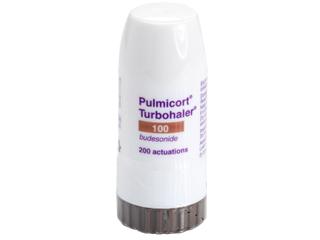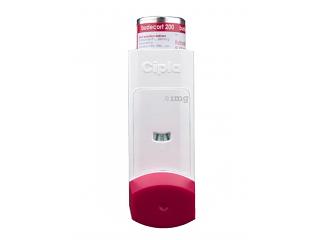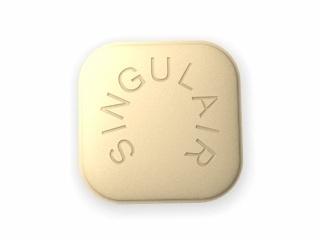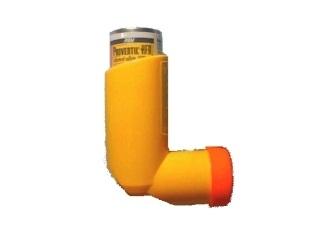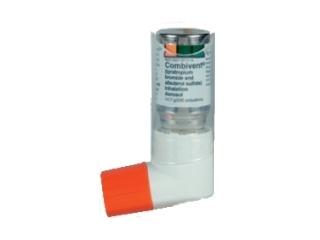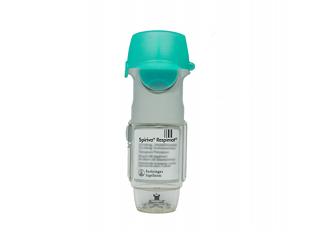Asthma medications are drugs used to manage and control asthma symptoms, such as wheezing, coughing, shortness of breath, and chest tightness. Here are some common types of asthma medications:
Bronchodilators: Bronchodilators are medications that relax the muscles around the airways, making it easier to breathe. There are two main types of bronchodilators:
a. Short-acting beta-agonists (SABAs): These medications provide quick relief of asthma symptoms and are used as rescue inhalers during asthma attacks. Examples include albuterol (ProAir HFA, Ventolin HFA) and levalbuterol (Xopenex).
b. Long-acting beta-agonists (LABAs): These medications provide long-term control of asthma symptoms and are used in combination with inhaled corticosteroids for maintenance therapy. Examples include salmeterol (Serevent) and formoterol (Foradil, Perforomist).
Inhaled corticosteroids (ICS): Inhaled corticosteroids reduce inflammation in the airways and help prevent asthma attacks. They are considered the most effective long-term control medications for asthma. Examples include fluticasone (Flovent), budesonide (Pulmicort), and beclomethasone (Qvar).
Combination inhalers: Combination inhalers contain both an inhaled corticosteroid and a long-acting beta-agonist in a single device. They are used for long-term control of asthma symptoms and can simplify treatment by reducing the number of inhalers needed. Examples include fluticasone/salmeterol (Advair) and budesonide/formoterol (Symbicort).
Leukotriene modifiers: Leukotriene modifiers are oral medications that block the action of leukotrienes, chemicals in the body that contribute to inflammation and asthma symptoms. They are used for long-term control of asthma and may be helpful for people who cannot use inhaled corticosteroids. Examples include montelukast (Singulair), zafirlukast (Accolate), and zileuton (Zyflo).
Mast cell stabilizers: Mast cell stabilizers are medications that prevent the release of chemicals from mast cells, which play a role in triggering asthma symptoms. They are used for long-term control of asthma and may be helpful for people with exercise-induced asthma or allergic asthma. Examples include cromolyn (Intal) and nedocromil (Tilade).
Biologic therapies: Biologic therapies are injectable medications that target specific immune cells or molecules involved in allergic asthma. They are used for severe asthma that does not respond to other treatments. Examples include omalizumab (Xolair), mepolizumab (Nucala), and benralizumab (Fasenra).
It’s important for people with asthma to work closely with a healthcare professional to develop a personalized treatment plan that addresses their specific symptoms and triggers. Treatment may involve a combination of medications, avoidance of triggers, and lifestyle modifications to effectively manage asthma and improve quality of life.




